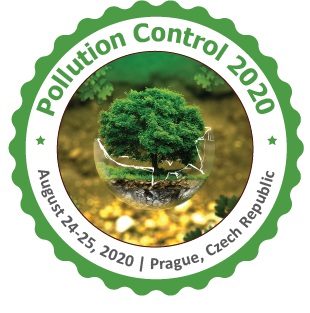
Mwengula G. Kahilu
University of Witwatersrand PO Box3,South Africa
Title: Calcium Extraction from unmilled BOF slag for Energy Efficient CO2 Sequestration using Graphical Analysis and Application for Acid Mine Drainage treatment
Biography
Biography: Mwengula G. Kahilu
Abstract
Production of calcium carbonate by indirect carbonation of BOF (Basic Oxygen Furnace) slag usually requires a calcium extraction stage to promote the dissolution of calcium in solution. Several lines of evidence suggest that the grinding of BOF slag to smaller particle size accelerates the calcium leaching process at the expense of a high energy input and further environmental constraints such as dust management. In order to minimize the excessive consumption of energy due to grinding, this study focused on the optimization of calcium extraction from unmilled BOF slag using 2 conventional solvents namely ammonium chloride (NH4Cl) and ammonium nitrate (NH4NO3) and graphical analyses based on simple extraction mass balance. The study was conducted at the experimentally determined threshold solvent-to-slag mass ratio of 10/1, to avoid the dissolution of impurities such as iron, silicon, magnesium and manganese and guarantee minimum extraction equipment costs. The results obtained using umilled BOF slag show that the efficiency of calcium extraction from the unmilled BOF slag reached ~ 75% for NH4NO3 and ~69% for NH4Cl in 2 extraction stages. A calcium carbonate precipitation yields of 80% was reached at 25oC and 6.5 bars. Scanning Electron Microscopy (SEM) analysis of the dry calcium carbonate precipitate obtained showed that it is mostly dependent on the flow rate of CO2 injected in the carbonation reactor and the system pressure. Finally, the precipitated calcium carbonate was evaluated for the treatment of acid mine drainage.

